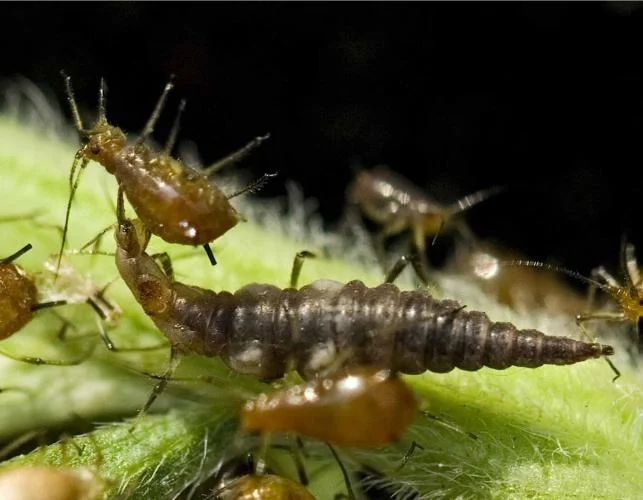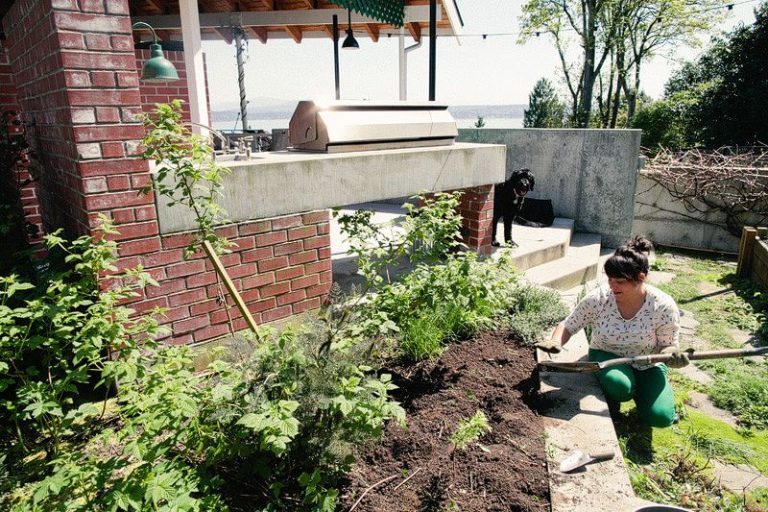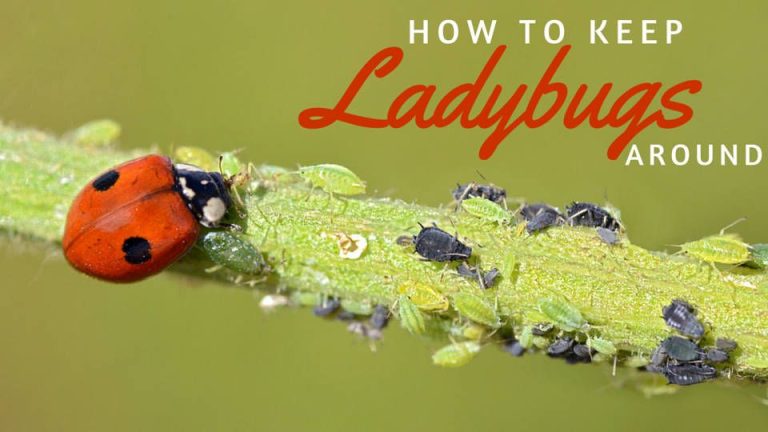Organic Fertilizers: Nourishing Your Garden Naturally
Organic fertilizers are plant and animal materials, such as compost, manure, bone meal, and fish emulsion, that nourish plants while improving the soil. Unlike synthetic fertilizers that are made with harsh chemicals, organic fertilizers feed plants while fostering the growth of beneficial microorganisms and earthworms in the soil. Using organic fertilizers provides many benefits over synthetic options:
- Organic fertilizers release nutrients more slowly over a longer period of time.
- They improve soil structure and water retention.
- Organic fertilizers do not leach nutrients into groundwater or evaporate into the air.
- They increase microbial activity and biodiversity in the soil.
- Organic fertilizers enhance nutrient uptake and plant health.
By feeding the soil along with your plants, organic fertilizers lead to healthier, more productive gardens and landscapes. This article will cover the different types of organic fertilizers and provide tips for using them effectively.
Types of Organic Fertilizers
There are many different types of organic fertilizers that can nourish plants and improve soil health. Some of the most common include:
Compost
Compost is composed of decomposed organic matter and contains a diversity of nutrients plants need like nitrogen, phosphorus, and potassium. Compost improves soil structure and moisture retention. It can be made at home from materials like food scraps, grass clippings, leaves, and manure. Source
Manure
Animal manures like cow, horse, rabbit, chicken, and sheep contain nitrogen, phosphorus, and potassium that become available to plants as it decomposes. Manure boosts microbial activity in soil. Composted manure is safer to use than fresh manure because it is less likely to burn plants. Source
Bone Meal
Bone meal is made from ground animal bones and provides phosphorus, calcium, and nitrogen. It releases nutrients slowly over time. Use bone meal when phosphorus levels are low. It promotes flowering and fruiting. Source
Blood Meal
Blood meal is a dried, powdered animal byproduct high in nitrogen to stimulate leaf growth. It also contains iron, potassium, and small amounts of phosphorus. Blood meal breaks down quickly and may need reapplication. Source
Fish Emulsion
Fish emulsion fertilizer is made from fish waste and provides a quick nitrogen boost. The nutrients are readily available for plant uptake. Fish emulsion has a strong odor but produces excellent results for flowering and fruiting plants. Source
Making Compost
Compost is an excellent organic fertilizer that provides nutrients to plants while improving soil structure. To make high-quality compost at home, you’ll need the right ingredients and proper maintenance.
Good compost relies on a healthy balance of green and brown materials. Green ingredients like food scraps and grass clippings provide nitrogen, while brown materials like dead leaves and wood chips provide carbon. According to the Oregon Metro[1], the ideal ratio for a compost pile is 2 or 3 parts brown material to 1 part green material. You’ll also need adequate airflow in the pile to prevent it from becoming compacted.

A properly made compost pile should reach temperatures between 130-150°F to kill pathogens and weed seeds. Turning or aerating the pile weekly will help maintain heat and moisture. The pile should feel damp like a wrung-out sponge. Water can be added if the pile becomes too dry. In 4-6 months, the materials should break down into usable compost for your garden.
Once ready, compost provides a slow-release source of nitrogen, phosphorus and other nutrients. Spread 1-3 inches of compost over beds before planting or work it into the top 6 inches of soil. Compost improves drainage, moisture retention and overall soil health. With the right maintenance, homemade compost can supply all the fertilizer needs for your organic garden.
Using Manure
Manure from cows, horses, sheep, goats, rabbits, and chickens can provide an excellent source of nutrients for your garden when properly composted. According to the University of Wisconsin-Madison, manures should be composted for 6-12 months before applying to gardens to reduce the risk of weed seeds and pathogens https://hort.extension.wisc.edu/articles/using-manure-in-the-home-garden/. The EPA also recommends composting manure before use to kill pathogens, stabilize nutrients, and reduce odors https://www.epa.gov/sites/default/files/2015-08/documents/beneficial_uses_of_manure_final_aug2015_1.pdf.
Cow, horse, sheep, goat, and rabbit manures are considered “cold” manures that are lower in nitrogen, while chicken and bird manures are “hot” manures higher in nitrogen that should be composted longer and applied more sparingly. Manure can be composted in piles, bins, or rows, turned frequently to aerate. The compost is ready when the pile is dark, crumbly, and earthy-smelling.
When applying finished manure compost, spread a 2-4 inch layer over the soil and work it in. For vegetables, apply compost before planting and side dress again once plants are established. Manure compost provides a slow, steady release of nitrogen and other nutrients. Always follow application rates based on soil tests.
Other Organic Amendments
In addition to traditional compost and manure, there are other creative amendments you can use to provide nutrients to your garden organically. Some popular options include:
Seaweed – This is an excellent source of potassium, magnesium, iron, and zinc. It also contains growth-promoting hormones that can help your plants thrive. Dry seaweed can be mixed into compost or used as a mulch. Liquid seaweed extract can be diluted and applied as a foliar spray.[1]
Eggshells – Crushed eggshells are a great source of calcium for your garden. Calcium is crucial for building cell walls in plants. Simply rinse and dry used eggshells, then grind them up to a powder to sprinkle around plants or mix into soil.[2]
Epsom Salts – Epsom salts (magnesium sulfate) can quickly boost magnesium levels in soil. Magnesium aids in seed germination, fruit production, and photosynthesis. Dissolve epsom salts in water and apply as a soil drench every few weeks.[3]
Coffee Grounds – Used coffee grounds contain nitrogen, potassium, and other nutrients plants need. They also help retain moisture and add organic matter to soil. Fresh grounds can be dug into soil or composted first before using in gardens.
Wood Ash – This recycled waste product from firewood is high in potassium and calcium carbonate, which raises pH. Lightly sprinkle over vegetable gardens and flower beds.
When to Fertilize
The best time to apply organic fertilizers depends on the types of plants you are growing and their growth cycles. In general, applying fertilizer during active growth periods when plants are rapidly taking up nutrients is ideal. For cool season plants that grow in spring and fall, fertilizing in early spring as growth resumes and again in fall is recommended. Warm season plants that thrive in summer should be fertilized in early summer just before their peak growth period.
According to Utah State University Extension, nutrients from organic fertilizers are released through microbial activity which increases with soil temperatures above 55°F. Therefore, optimal times for applying organic fertilizers are during the warmer seasons of spring through fall when soils are warmer and plants are actively growing. Fertilizing during cooler weather or dormant seasons is not as effective.
It’s best to time applications before major growth phases when plants are about to put on vegetative growth or produce flowers and fruit. Regular light applications throughout the growing season are more beneficial than one heavy application. Pay attention to label instructions as some organic fertilizers provide nutrients over an extended period while others are fast acting.
How to Apply Organic Fertilizers
There are several methods for applying organic fertilizers to nourish your garden naturally:
Top dressing: This involves spreading compost, manure, or other organic amendments on the soil surface around plants. Top dressing is an easy method that helps build up nutrients over time. Spread amendments in a 2-4 inch layer and water them in to allow nutrients to enter the soil.[1]
Digging in: You can use a spade or shovel to mix compost, manure, or other organic matter several inches down into the soil. This incorporates nutrients throughout the root zone for accessible to plant roots. Take care not to damage existing roots when digging.[2]
Compost tea: Steeping compost in water creates a nutrient-rich “tea” that can be poured around plants or applied with irrigation. Compost tea provides a quick boost of nutrients and beneficial microorganisms. Use a 5:1 ratio of water to compost and let steep 1-2 weeks.[1]
Organic Fertilizers for Different Plants
Different plants have different nutritional needs. When using organic fertilizers, it’s important to tailor the fertilizer to the specific plants you are growing.
For vegetables that fruit or produce above ground like tomatoes, peppers, and squash, fertilizers that are higher in phosphorus and potassium are ideal. Bone meal, fish emulsion, and compost are great options for these plants (citation).
Leafy green vegetables like lettuce, spinach, and kale need more nitrogen. Organic nitrogen sources like blood meal, cottonseed meal, and legume cover crops are recommended (citation).
Fruit trees, berries, and grapes do best with more balanced organic fertilizer blends. Compost, manure, and fish emulsion provide macro and micronutrients these plants need for optimal fruiting (citation).
Flowers and ornamentals need less overall nutrients but still benefit from organic matter. Worm castings, compost, and compost tea give them a steady nutrient supply without excess nitrogen.
Tailoring your organic fertilizers to your plants’ needs will ensure they get the macro and micronutrients necessary for optimal growth and production.
Making Your Own Fertilizer Blends
One of the best things about using organic fertilizers is that you can easily make custom blends to target the nutritional needs of specific plants. By mixing and matching different meals, manures, and amendments, you can create the perfect organic fertilizer for your garden.
Most organic fertilizer recipes call for some combination of the following ingredients:
- Meals – alfalfa, cottonseed, soybean, etc.
- Manures – cow, horse, chicken, etc.
- Compost – provide a range of macros and micros
- Rock powders – for trace minerals
- Kelp or seaweed – provides potassium and micronutrients
- Wood ash – excellent source of potassium
For example, an all-purpose blend for vegetables might contain:
– 1 part alfalfa meal
– 1 part kelp meal
– 1 part rock phosphate
– 1 part compost
– 1 part chicken manure
This provides a balanced mix of NPK, plus trace nutrients. For flowering plants like roses, you could add more phosphate and potash by incorporating extra rock phosphate and wood ash. The possibilities are endless!
Experiment with small batches first to dial in the perfect custom organic fertilizer for each plant in your garden. Keep records of what works well so you can replicate successful blends in the future.
Making your own organic fertilizer is rewarding and economical. With a basic inventory of amendments and meals, you’ll be able to create an all-natural feeding schedule tailored to your plants’ needs. Your garden will flourish with the love and care you put into nourishing the soil.
Going Completely Organic
Eliminating synthetic fertilizers and managing pests and weeds organically requires a holistic approach. The key steps include:
Build healthy soil with compost and organic amendments to grow strong, resilient plants. Healthy soil grows healthy plants that can better withstand pests and diseases (https://black-style.ucoz.com/forum/45-117-30).
Choose disease-resistant plant varieties that are naturally adapted to your climate and soil conditions. This reduces the need for interventions.
Use preventative measures like crop rotation, companion planting, and maintaining biodiversity to prevent pest and disease outbreaks. For example, marigolds planted alongside tomatoes help deter common tomato pests.
Control weeds manually through mulching, hoeing, hand-pulling, and flame weeding. Mulches like wood chips or straw suppress weed growth while retaining moisture.
For pest management, practice natural control methods like introducing beneficial insects, using row covers, and applying organic sprays like neem oil or insecticidal soaps. Monitor closely and address heavy infestations promptly.
By taking a whole-system approach, you can grow thriving organic gardens and eliminate the need for synthetic chemicals.




